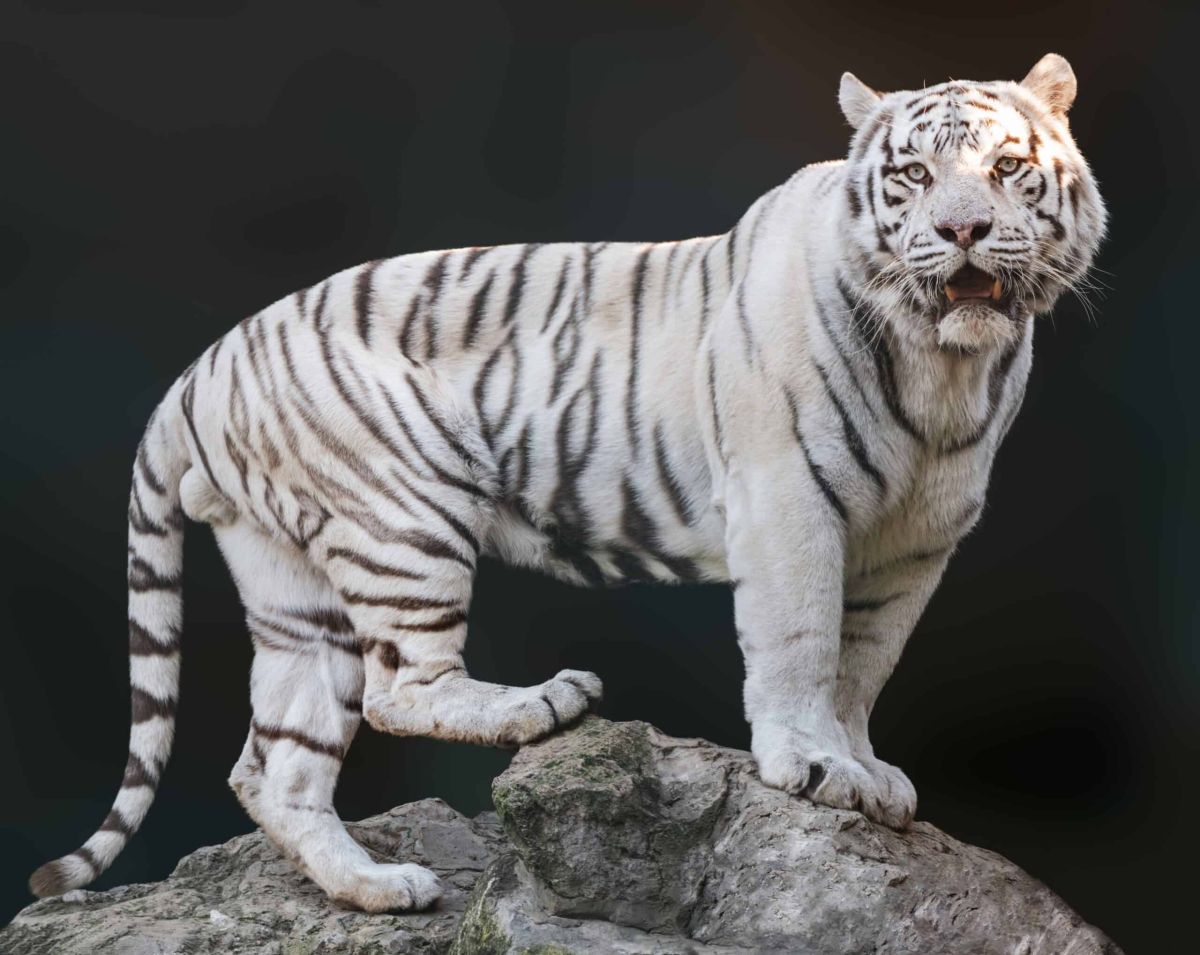What Are White Tigers?

White tigers, with their striking white fur and piercing blue eyes, are undeniably captivating creatures. They instantly evoke images of power, grace, and a touch of the exotic. But what exactly are they? Are they a separate species? A unique subspecies? The answer, as is often the case with nature, is a little more nuanced.
Not a Species, Not a Subspecies, but a Variant:
The most important thing to understand is that white tigers are not a distinct species or subspecies of tiger. They are actually Bengal tigers (Panthera tigris tigris) with a genetic mutation. This mutation affects the production of melanin, the pigment responsible for skin, fur, and eye color. In white tigers, this mutation significantly reduces the amount of melanin produced, resulting in their characteristic white fur.
The Recessive Gene at Play:
The white coat is caused by a recessive gene. This means that both parents must carry the gene for it to be expressed in their offspring. If both parents are white tigers, all their cubs will inherit two copies of the recessive gene and will be white. However, tigers carrying just one copy of the gene (known as carriers) will have the normal orange coloration but can pass the gene on to their cubs. If two carriers mate, there is a 25% chance that their cubs will be white.
Beyond the White Fur: Other Physical Characteristics:
Beyond the striking white fur, white tigers also typically have:
- Blue eyes: This is a direct result of the reduced melanin production.
- Pink noses and paw pads: Again, due to the lack of pigment.
- Tendency towards larger size: While not universally true, some white tigers are bred for larger size, which further enhances their visual appeal.
The Conservation Concerns:
While their appearance is stunning, the existence of white tigers within the tiger population raises several ethical and conservation concerns:
- Inbreeding: To consistently produce white tigers, breeders often engage in inbreeding, mating closely related animals. This can lead to a variety of genetic health problems, including immune deficiencies, crossed eyes, hip dysplasia, and shortened lifespans.
- Lack of Conservation Value: White tigers don’t exist in the wild. Breeding them serves no conservation purpose and actually distracts from the more urgent need to protect wild tiger populations and their natural habitats.
- Exploitation: Many white tigers are used in circuses, zoos, and other entertainment venues, often kept in suboptimal conditions.
White Tigers in the Wild:
Historically, white tigers were occasionally found in the wild, primarily in India. The last confirmed wild white tiger was sighted in the 1950s. Their rarity in the wild is likely due to the disadvantage their coloration poses in terms of camouflage for hunting.
The Bottom Line:
White tigers are a fascinating example of genetic variation within the Bengal tiger population. While their beauty is undeniable, it’s crucial to recognize the ethical and conservation challenges associated with their breeding. The focus should remain on protecting wild tiger populations and addressing the threats they face in their natural environments, rather than perpetuating the breeding of animals with genetic mutations for commercial gain. Understanding the true nature of white tigers – a recessive color variant, not a distinct species – is the first step in making informed decisions about their role in conservation efforts.



